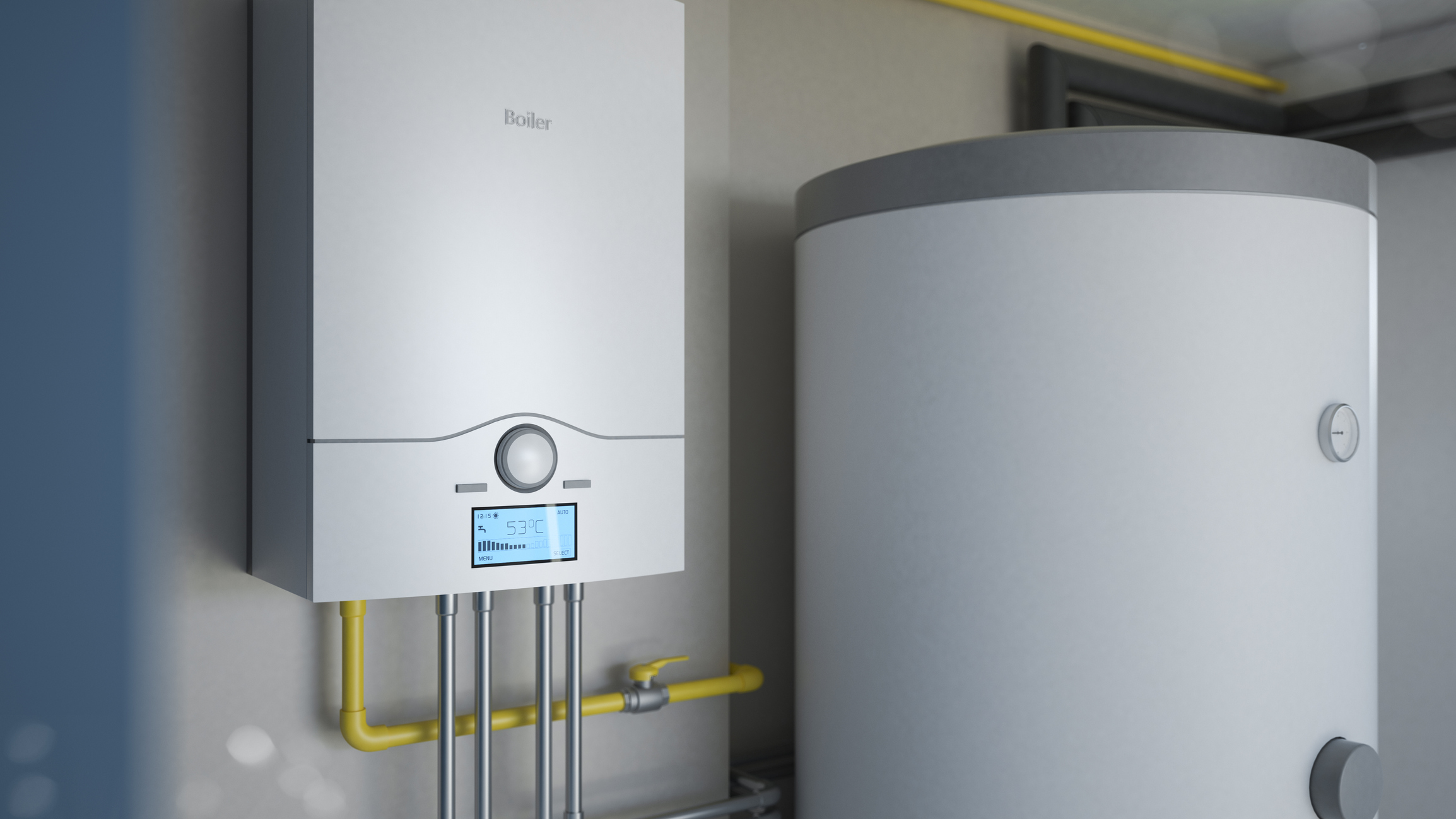Professional Tips on Maintaining Your Home's Hot Water System
Professional Tips on Maintaining Your Home's Hot Water System
Blog Article
Were you hunting for information concerning Tips on Maintaining a Water Heater?

Hot water is vital for daily convenience, whether it's for a rejuvenating shower or cleaning dishes. To ensure your hot water system runs successfully and lasts longer, normal upkeep is key. This post offers sensible pointers and insights on just how to keep your home's hot water system to stay clear of disruptions and pricey repair work.
Introduction
Maintaining your home's hot water system might appear overwhelming, but with a couple of easy steps, you can ensure it operates efficiently for many years ahead. This overview covers whatever from comprehending your warm water system to do it yourself maintenance ideas and recognizing when to employ expert aid.
Relevance of Maintaining Your Warm Water System
Regular upkeep not just extends the life expectancy of your hot water system yet also ensures it runs efficiently. Ignoring upkeep can bring about lowered effectiveness, higher energy costs, and even premature failure of the system.
Signs Your Hot Water System Requirements Maintenance
Knowing when your hot water system requires attention can protect against major problems. Keep an eye out for indicators such as inconsistent water temperature, odd noises from the heating unit, or rustic water.
Understanding Your Warm Water System
Before diving into maintenance tasks, it's useful to comprehend the basic parts of your hot water system. Commonly, this includes the water heater itself, pipes, anode poles, and temperature controls.
Month-to-month Upkeep Tasks
Regular monthly checks can assist catch minor issues before they rise.
Purging the Water Heater
Purging your hot water heater eliminates debris buildup, improving effectiveness and extending its life.
Monitoring and Changing Anode Rods
Anode poles stop corrosion inside the tank. Evaluating and changing them when worn is essential.
Checking and Adjusting Temperature Setups
Readjusting the temperature level settings ensures ideal efficiency and safety.
DIY Tips for Upkeep
You can do a number of maintenance tasks yourself to maintain your hot water system in top condition.
Looking for Leakages
Consistently inspect pipes and links for leaks, as these can cause water damages and greater bills.
Examining Pressure Alleviation Valves
Evaluating the stress safety valve ensures it functions properly and avoids excessive pressure buildup.
Insulating Pipelines
Insulating hot water pipelines decreases heat loss and can conserve power.
When to Call an Expert
While DIY maintenance is beneficial, some problems call for expert competence.
Complicated Concerns Calling For Professional Aid
Instances include major leakages, electric issues, or if your hot water heater is continually underperforming.
Routine Professional Upkeep Advantages
Professional maintenance can consist of complete inspections, tune-ups, and making sure conformity with safety and security requirements.
Final thought
Routine upkeep of your home's warm water system is important for efficiency, long life, and cost financial savings. By adhering to these pointers and knowing when to seek specialist aid, you can make sure a dependable supply of hot water without unanticipated interruptions.
How to Maintain an Instant Hot Water Heater
Before tinkering with your hot water heater, make sure that it’s not powered on. You also have to turn off the main circuit breaker and shut off the main gas line to prevent accidents. Also turn off the water valves connected to your unit to prevent water from flowing into and out of the appliance. 2. When you’re done, you have to detach the purge valves’ caps. These look like the letter “T†and are situated on either side of the water valves. Doing so will release any pressure that has accumulated inside the valves while at the same time avoid hot water from shooting out and burning your skin. 3. When the purge valves’ caps are removed, you have to connect your hosing lines to the valves. Your unit should have come with three hoses but if it didn’t, you can purchase these things from any hardware or home repair shops. You can also get them from retail stores that sell water heating systems. Read the user’s manual and follow it to complete this task properly. When the hosing lines are connected, open the purge port’s valves. 4. You should never use harsh chemical cleaners or solutions when cleaning your unit. Make use of white vinegar instead. It should be undiluted and you’ll probably use about 2 gallons. 5. Now flush your water heater. This task should probably take about 40 minutes. We can’t give you specific directions for this because the procedure is carried out depending on the type, model and brand of your heater. With that being said, refer to the user’s manual. 6. When you’re done draining the unit, you have to turn off the purge port valves again. Remove the hosing lines that you earlier installed on each of the water valves. Put the valve caps (purge port) back in their respective places and be very careful so as not to damage the rubber discs that are found inside these caps. 7. Now that everything’s back in place, check your user’s manual again to find out how to reactivate your water heating system. 8. Once it is working, turn one of your hot water faucets on just to let air pass through the heater’s water supply pipes. Leave the tap on until water flows smoothly out of it. https://www.orrplumbing.com/blog/2014/september/how-to-maintain-an-instant-hot-water-heater/

I hope you enjoyed reading our excerpt about How to Maintain a Hot Water Heater in a Few Simple Steps. Thanks for taking time to browse our posting. Be sure to take the time to distribute this blog if you enjoyed reading it. Thanks a bunch for your time. Don't hesitate to stop by our site back soon.
Schedule A Free Estimate Report this page